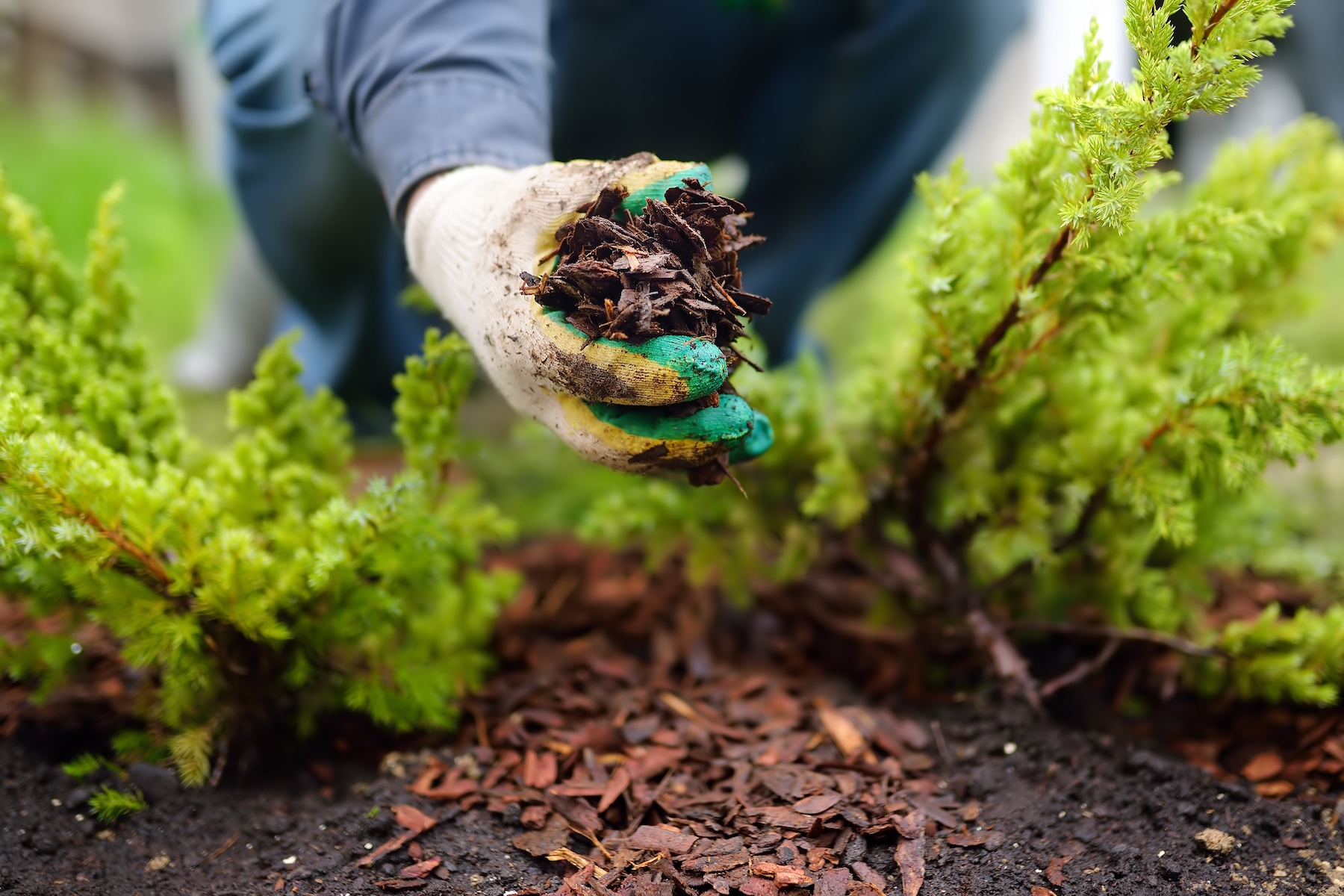Nevada is the driest state in the U.S., so many Reno residents are moving towards a gardening technique called xeriscaping. “Xeriscaping” might look like a complicated process, but once we break it down, you might find that it’s right for your Reno property!
Xeriscaping involves any gardening and landscaping practice that conserves water. By using the right plant life, digging proper irrigation systems, and landscaping with water in mind, Reno homeowners can reduce their water intake – and their utility bill.
Whether you’re looking to save the environment or cut back on your water bill, let’s discuss what effective xeriscaping in Reno looks like.
The Principles of Xeriscaping
Xeriscaping practices abide by seven fundamental principles. By conserving water and sustaining the environment, a well-xeriscaped lawn gives back to the environment. Xeriscaping both looks good and does good!
The Principles of Xeriscaping are as follows:
Water Conservation. Your lawn should have minimum water runoff, use low-water plant life, and have low evaporation. Your xeriscaping plan should consider the sun’s angle as it hits your yard, as well as the use of trees and other shading plants.
Proper Irrigation. A well-xeriscaped lawn ensures that each plant gets the right amount of water. Additionally, it makes sure that no plant receives too much water, and that heavy rain doesn’t erode the soil. Essentially, xeriscaping avoids excess.
Soil Integrity. Eroded soil contains few nutrients and doesn’t hold water well. Xeriscaping ensures that your soil is healthy and self-maintaining.
Permeability. To ensure that your yard doesn’t experience runoff or erosion, the use of permeable substances helps retain your soil’s moisture and nutrients.
Biodiversity. A native and biodiverse yard is self-maintaining.
Minimal Turfing. Turf and nonnative grasses require tons of excess water.
Organic Gardening. Non-organic chemicals, including most pesticides and herbicides, can cause erosion, poison the soil, and create toxic runoff.
How can Reno property owners implement these principles in their own backyards? Let’s put theory to practice.
Proper Xeriscaping in Reno, Nevada
Reno residents will significantly benefit from a xeriscaped lawn, finding that their property is much easier to maintain and requires way less water to manage. Xeriscaping takes the form of both drought-resistant plant life and specific landscape techniques. We’ll start with landscaping.
A well-xeriscaped lawn takes into account the direction of the sun. If the sun hits your house at a certain angle, you can design your landscaping to put high-sunlight, low-water plants directly where the light hits. You can also put tall, leafy plants in direct sunlight to shade the rest of the property.
Additionally, xeriscaping considers the irrigation of your lawn. You can create levels in your landscaping to direct water towards certain plants, and you can also build a drainage system into your landscaping, so that excess water doesn’t erode the soil.
Finally, xeriscaping relies on diverse textures and surfaces to retain moisture. Gravel and mulch are great options for retaining water since both facades are highly permeable. Trellises and wall plants also keep water within your property and provide additional cooling during hot summer days.
Tending a Xeriscaped Garden
The plants you use have just as significant an impact as the landscaping itself, so certain gardening practices are critical to a xeriscaped lawn.
For Reno homeowners, biodiversity and xeriscaping go hand-in-hand. Biodiverse lawns tend to be self-maintaining, as different plants require different watering needs. A biodiverse yard will naturally direct the water where it needs to go.
Additionally, you want to have plants of different heights and sizes. Trees help shade your lawn and conserve evaporation, and older plants require less water because they have a more developed root system.
Further, a xeriscaped garden should avoid turf whenever possible. Turf, sodding, and nonnative grasses require tons of water to maintain, but they give back very little to the environment. Indigenous grasses, shrubs, and foliage will always do more for your lawn.
Finally, organic practices make for a successfully xeriscaped garden. By using few chemicals and using composting, you ensure that your garden retains its water, has little soil erosion, and has no toxic runoff.
It would be best if you only used native plants for xeriscaping since they are naturally suited to Northern Nevada’s climate and rainfall. Ideas for your garden include:
Perennials like sage, lavender, and butterfly weed
Flowers like milkweed, verbena, and mat daisy
Cacti like Chola, prickly pear, and hedgehog cactus
Trees like pine, spruce, hemlock, and yew
Drought-Resistant Grasses like tall fescue, buffalo grass, and bermudagrass
Get Started Xeriscaping Your Reno Property!
Ready to start gardening sustainably? DRC Landscaping can help. Whether you’re looking for gardening ideas or need landscaping assistance, reach out to us today for a free quote on your property, and we’ll help create a lawn that saves water and gives back.



